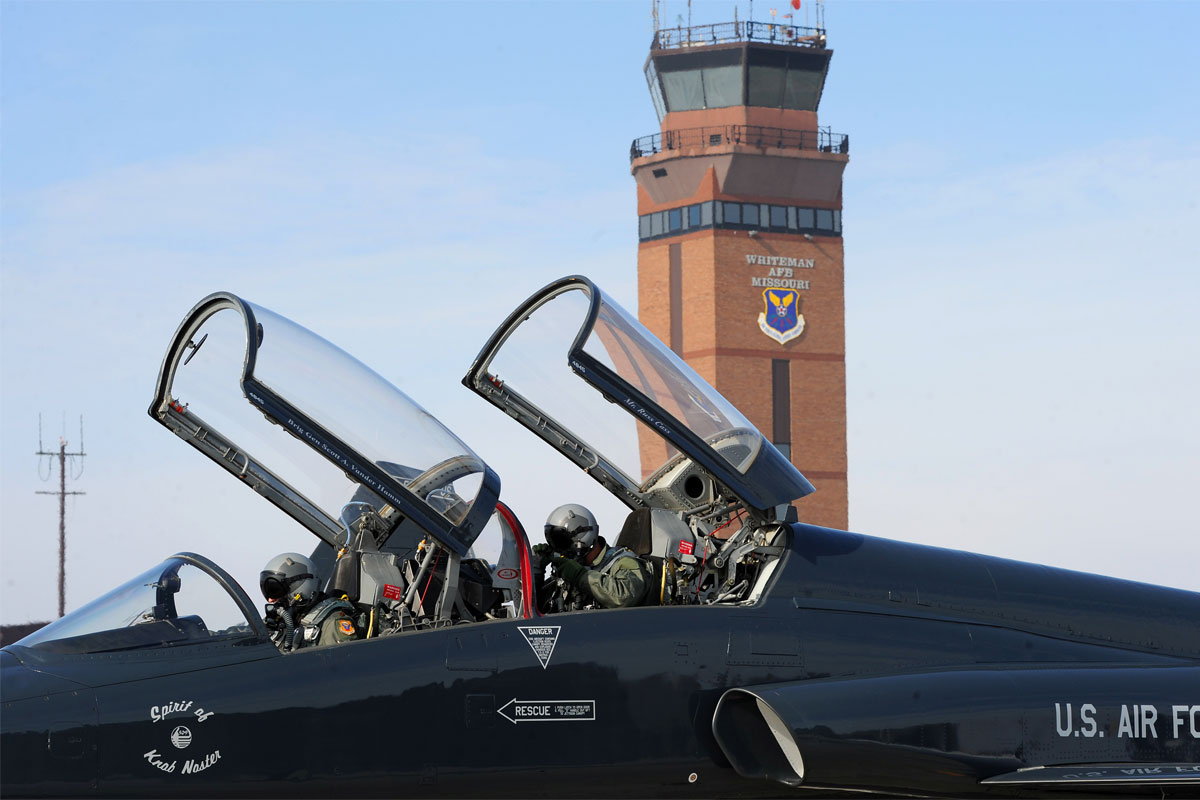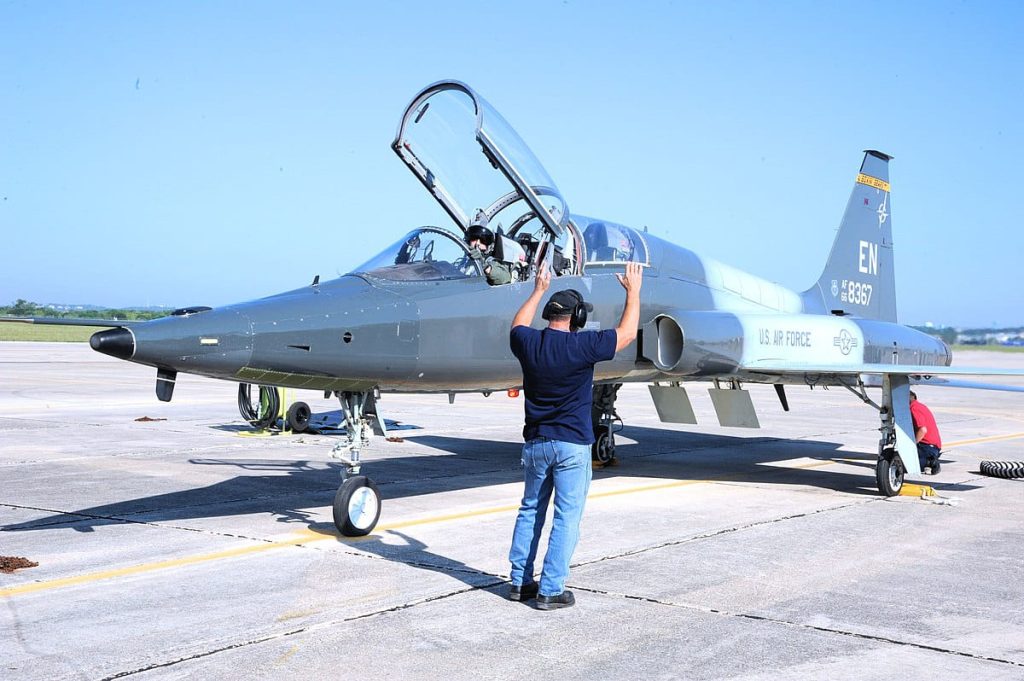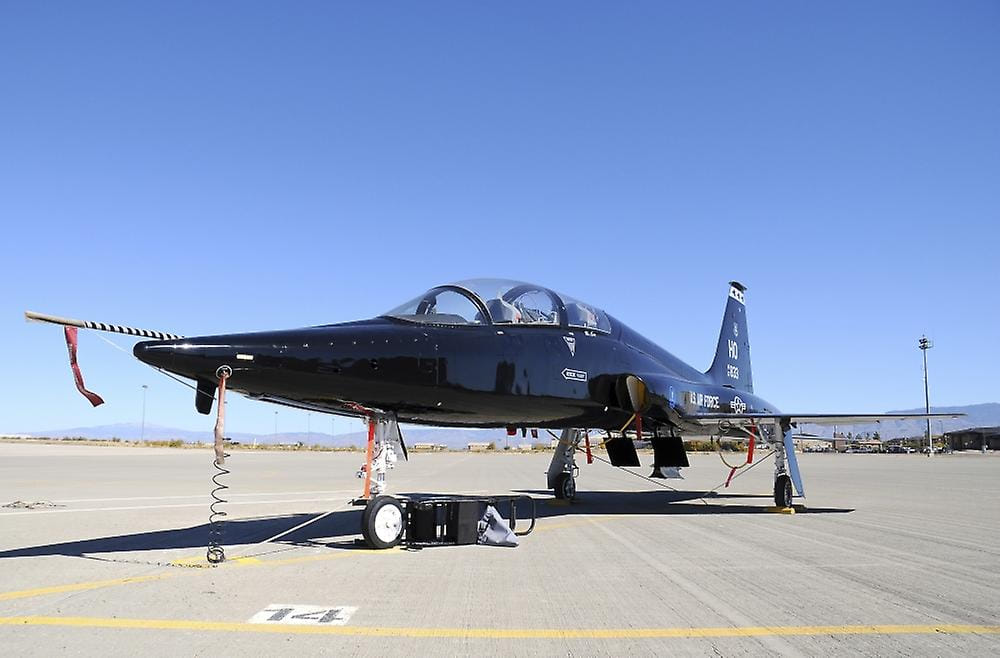The T-38 Talon is a remarkable supersonic trainer aircraft that has played a pivotal role in shaping the world of military aviation. With its exceptional performance and versatility, it has become a preferred choice for various air forces across the globe. In this comprehensive article, we will delve into the fascinating world of the T-38 Talon, exploring its history, features, capabilities, and impact on pilot training. So, fasten your seat belts and join us on this high-speed journey!

History of the T-38 Talon

The inception of the T-38 Talon can be traced back to the early 1960s when it was developed by Northrop Corporation (now Northrop Grumman) as a twin-engine supersonic advanced trainer aircraft. Its primary purpose was to provide pilots with a realistic and challenging training experience, preparing them for the complexities of flying advanced combat aircraft. The T-38 made its maiden flight in 1959 and was officially introduced into service in 1961.
Evolution of the T-38 Talon

Over the years, the T-38 Talon underwent several upgrades and modifications, ensuring it remained relevant and effective in modern air training programs. The T-38A was the initial production model, followed by the improved T-38B with updated avionics and structural enhancements. Later, the T-38C variant was introduced, featuring a “glass cockpit” with advanced digital displays.
Design and Features

The T-38 Talon boasts an aerodynamically sleek design, capable of reaching speeds of up to Mach 1.3. Let’s explore some of its standout features:
Twin-Engine Configuration: The aircraft is powered by two General Electric J85-GE-5 turbojet engines, providing the necessary thrust for supersonic flight and maneuverability.
Tandem Seating: The T-38 features a tandem seating arrangement, with the instructor pilot sitting in the rear cockpit and the trainee pilot in the front.
Ejection Seats: To ensure pilot safety, the T-38 is equipped with rocket-assisted ejection seats capable of propelling the pilots to a safe distance in emergencies.
High Aspect Ratio Wings: The aircraft’s high aspect ratio wings contribute to its exceptional maneuverability and stability during flight.
Advanced Avionics: The T-38C variant is equipped with state-of-the-art avionics, including digital displays, radar, and other communication systems.
Versatility in Training

The T-38 Talon’s versatility is a key factor in its popularity as a supersonic trainer aircraft. It serves various roles in pilot training, including:
Basic Flight Training: During the initial stages of pilot training, the T-38 is used to teach aspiring aviators fundamental flight skills and aircraft handling.
Advanced Flight Training: As pilots progress in their training, they transition to the T-38, where they learn advanced techniques, including high-speed and supersonic flight.
Combat Systems Training: The T-38 is also utilized for teaching combat-specific skills, such as weapon systems operation and tactical maneuvers.
Significance in Military Aviation

The T-38 Talon holds immense significance in military aviation for several reasons:
Cost-Effective Training: As a dedicated trainer aircraft, the T-38 offers a cost-effective solution for preparing pilots for more expensive combat aircraft.
Speed and Performance: The T-38’s supersonic capabilities expose pilots to high-speed flight conditions, helping them adapt to the demands of modern combat aircraft.
Skills Refinement: The aircraft’s advanced avionics and systems allow pilots to refine their skills and tactics before moving on to operational platforms.
Operational Usage and Global Presence
The T-38 Talon has been in service with numerous air forces worldwide. Its adaptability and effectiveness have led to its deployment in various countries for pilot training purposes. Some of the notable air forces that have utilized the T-38 include the United States Air Force (USAF), United States Navy (USN), German Air Force, and Turkish Air Force.
VIDEO:





